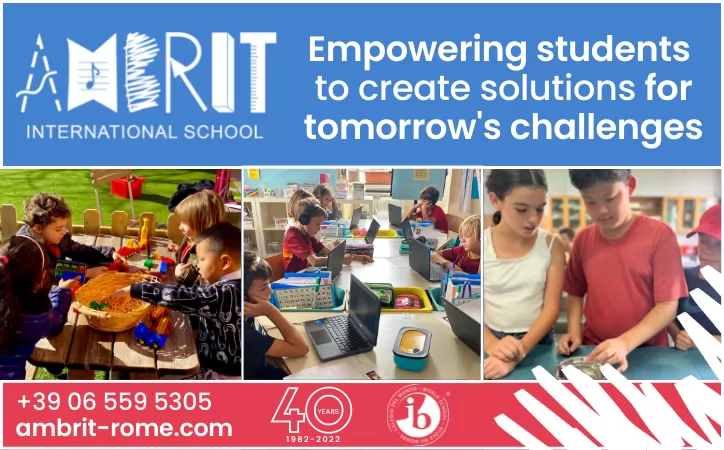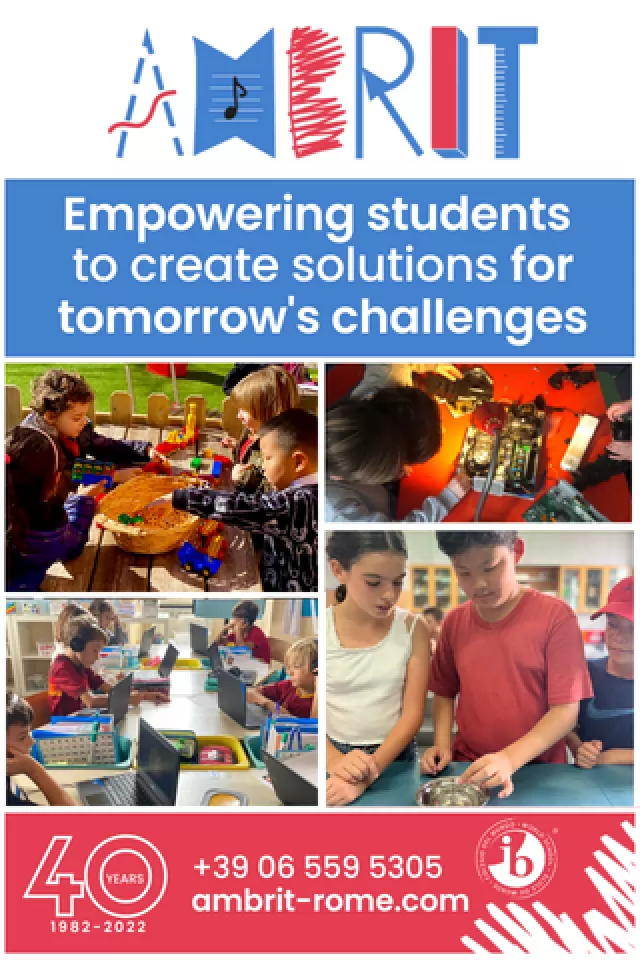Culture. Google art project in Rome
Art Project, an initiative run by the Google Cultural Institute, was initially launched in 2011 and in April this year the second phase of the project went live. This brought the number of partner museums to 151, the number of artworks to more than 30,000 (originally there were just over 1,000) and the countries represented to 40. “The idea was conceived by people working at Google and the aim was to make art accessible. We wanted to bring diverse artworks together on a single interface, to present them in their current settings together with information for study, and make them searchable,” says Simona Panseri, spokesperson for Google Italy.
The Capitoline Museums are the second Italian institution to participate – the Uffizi Gallery in Florence was part of the original 17-museum line-up in 2011. “We are open to welcoming all museums to join the project,” says Panseri.
The second phase of Art Project has included sculpture, street art and photographs. Viewers can now browse by the artwork's name, by artist, or by period, museum, collection, country or genre. All the 30,000-plus works of art are viewable online in high resolution, but perhaps the most intriguing feature of Art Project is the group of gigapixel artworks. These 46 works of art can be viewed at an even higher resolution, containing 7 billion pixels.
Some of the big museum partners have nominated one work to be given the gigapixel treatment (multiple high resolution photos are stitched together using Google's Picasa technology). Botticelli's The Birth of Venus, Van Gogh's The Starry Night, Rembrandt's Night Watch and Chris Ofili's No Woman, No Cry are just a few of the masterpieces that can be seen on Art Project in gigapixel resolution.
The work chosen from the Capitoline Museums is Garofalo's The Annunciation, a 16th-century oil on wood painting showing Mary in prayer as the angel Gabriel kneels before her. The gigapixel image provides a huge amount of detail that would not normally be visible to the naked eye in an art gallery – cracks in the oil paint can be seen clearly, as can individual brush strokes and other very small or faint details.
The research tool, as well as the gigapixel images and the ability to create user galleries and share your chosen images and information with social media (Google+ is integrated, so is Google Hangout, Facebook and Twitter), all represent a huge resource for art researchers and teachers all over the world. More importantly, the application makes some of the most important works of art in the world accessible to anyone with a computer and an internet connection.
People who may not be able to travel to these museums and art galleries will have a chance to explore and view some of the finest artworks ever created, bringing the sometimes-elite world of art a step closer to everyone. This is in line with Google's mission, Panseri points out, which is to make information, including visual information, more accessible. But with such a rich online experience, people often ask if this will spell the end for real museum visits. Simona Panseri doesn't think this will be the case – if anything, she expects the accessibility of art to a much wider audience to increase actual museum visitor numbers: “We're not aiming to replace real museum visits with virtual visits, but rather to stimulate interest.” Of the original 17 art museums that participated in Art Project in 2011, 12 appear on a list of the most visited art museums in the world in 2010 (according to The Art Newspaper). Of these 12 museums, ten saw increased visitor figures in 2011.
The Capitoline Museums had just under half a million visitors in 2011 (469,351) and the hope is that Art Project will stoke interest as well as ticket-office takings. Overall, the trend in Italy is for an increase in museum visits – according to the ministry of cultural and heritage activities, 2011 saw an increase of 9.5 per cent in visitor numbers compared to 2010 (the increase from 2009-2010 was 16 per cent). The Uffizi Gallery in Florence, which participated in the first launch of Art Project in 2011, registered a record number of visitors last year (1,766,345). This is the latest in a series of cultural initiatives from Google to make Italian culture and heritage more accessible on the web. The archaeological site of Pompeii and the Imperial Forum in Rome have also had the Street View treatment (photos were taken with a trike adept at negotiating uneven cobbles and small historical streets). Panseri says: “The digitalisation of cultural sites in Italy is something we are absolutely committed to.”
This isn't the first technological foray for the Capitoline Museums – the museum has its own virtual tour available on its website. The user experience is not as smooth as Art Project, but most of the museum's rooms can be seen through 360 degrees and it's possible to zoom in on famous works such as the Spinario or the bronze Marcus Aurelius on horseback. The Capitoline Museums also launched a Near Field Communication (NFC) system at the end of 2011, allowing visitors to receive details about individual exhibits on NFC-enabled mobile phones. Most curators would agree that these technological applications are an aide to actual museum visits, rather than a way of replacing the real thing.
Bija Knowles
Art Project is currently available for Android and will be launched for iPad soon. Google Art Project, www.googleartproject.com Google Cultural Institute, www.google.com/culturalinstitute Capitoline Museums virtual tour, www.tourvirtuale.museicapitolini.org





















